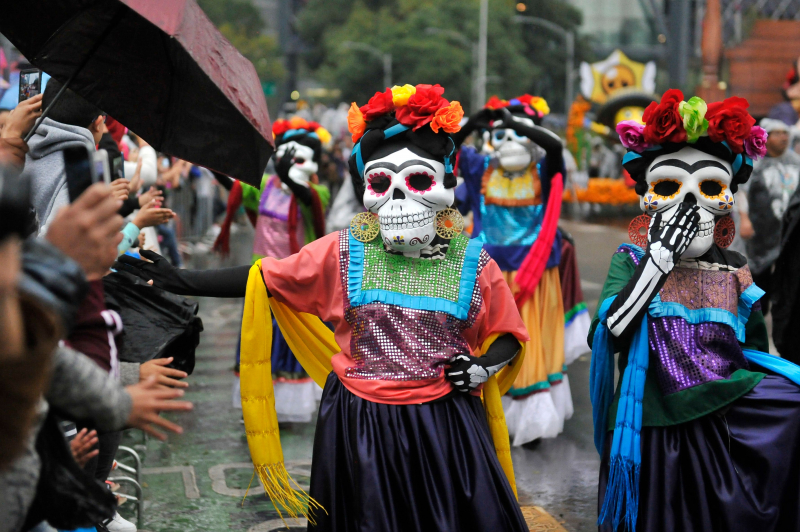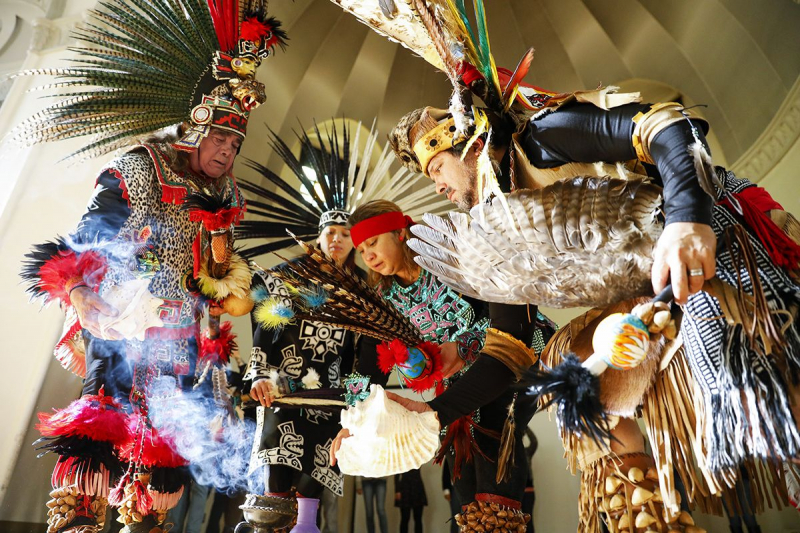The Aztecs Were the First to Celebrate ‘Day of the Dead’
The Aztecs were the first to celebrate ‘Day of the Dead’, also known as Día de los Muertos. A millennium before the Day of the Dead celebrations, the Aztecs used skulls to honor the dead. Skulls, like those originally found on Aztec temples, have been a key emblem in the annual festival to remember and converse with those who have passed away for more than six centuries.
The Catholic Church relocated indigenous festivals and ceremonies honoring the deceased throughout the year to the Catholic dates marking All Saints' Day and All Souls' Day on November 1 and 2, respectively, after the Spanish invaded the Aztec empire in the 16th century. On November 2, the Latin American indigenous traditions and symbolism for honoring the dead merged with non-official Catholic activities and conceptions of an afterlife to become Día de los Muertos. On November 1, the same thing happened to honor children who had died.
People erect altars in their houses with ofrendas, offerings to the souls of their loved ones, for these rites. Photos of the deceased and objects left behind are illuminated by candles. Families read letters and poetry about the deceased, as well as anecdotes and jokes about them. Tamale, chile, water, tequila, and pan de muerto, special bread for the event, are lined up alongside brilliant orange or yellow cempaschil flowers and marigolds, whose powerful aroma aids in the souls' return.












